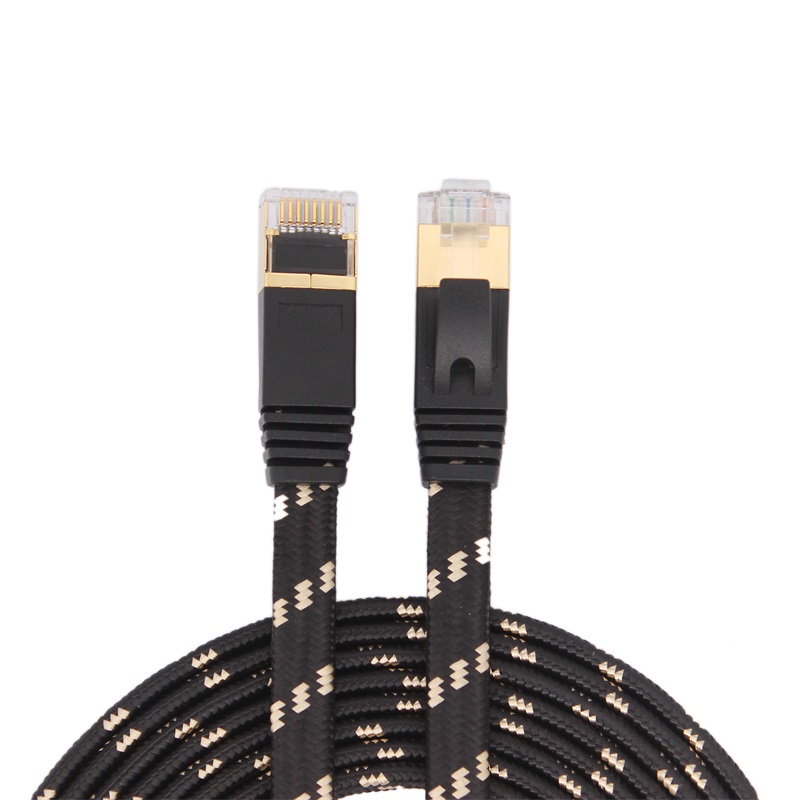When it comes to networking and data transmission, Cat6 cable has become the go-to option for many professionals. Its superior performance and versatility make it highly sought after in various industries. However, one common question that arises is, "How many amps can Cat6 cable handle?" In this article, we will delve into the intricate details of Cat6 cable and uncover its amp handling capacity.

The Basics of Cat6 Cable
Cat6 cable, also known as Category 6 cable, is a standardized twisted pair cable that is widely used for Ethernet and other network protocols. It is an upgraded version of Cat5e cable, offering improved performance in terms of data speed and reduced crosstalk. Cat6 cable consists of four twisted pairs of copper wires and is capable of supporting frequencies up to 250 MHz.
Understanding Ampacity and Its Relevance
Ampacity refers to the maximum current that a cable can withstand without exceeding its temperature ratings. To determine the ampacity of 23awg amp Cat6 cable, we need to consider its gauge and the insulation material used. The American Wire Gauge (AWG) system is commonly used to denote the gauge of a cable, with a lower gauge indicating a larger diameter and a higher current carrying capacity.
The Amp Handling Capacity of Cat6 Cable
Although 23awg amp Cat6 cable is primarily designed for data transfer, it still has the ability to handle electrical currents to a certain extent. The exact amp handling capacity of Cat6 cable may vary depending on factors such as cable length, insulation quality, and ambient temperature. However, as a general guideline, Cat6 cable with a typical AWG 23 gauge can handle currents up to 0.577 amps, while higher gauge cables may have lower amp ratings.
It is important to note that Cat6 cable is not designed for high-power applications that require significant current flow. Its amp handling capacity is limited due to its smaller gauge size and the focus on data transmission rather than power distribution. If you require higher currents, it is recommended to use specialized power cables that are designed for such purposes.
Conclusion
In conclusion, while Cat6 cable is capable of handling electrical currents to a certain extent, its primary function is to facilitate data transmission. The amp handling capacity of Cat6 cable is limited compared to dedicated power cables. Therefore, when designing a network or electrical system, it is crucial to consider the specific requirements and choose the appropriate cables accordingly. By understanding the ampacity of Cat6 cable and its limitations, professionals can ensure optimal performance and safety in their installations.


